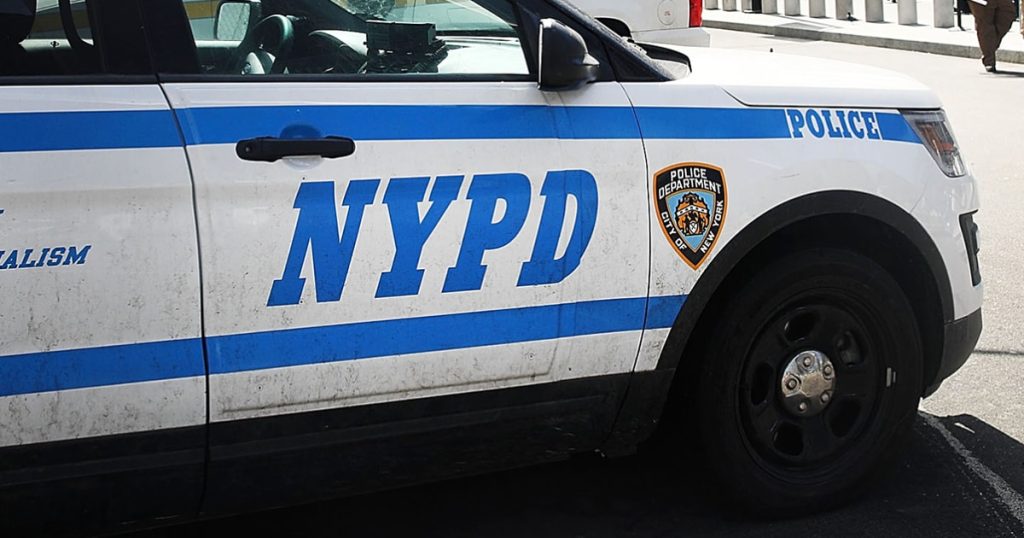The Department of Corrections in New York City has decided to temporarily suspend the use of bodyworn cameras after a corrections officer suffered burns and smoke inhalation when her camera caught fire. The officer, who was not identified but was a captain at Rikers Island, was immediately taken to Mount Sinai for treatment. The department is working with the camera’s manufacturer to determine the cause of the incident. Corrections Commissioner Lynelle Maginley-Liddie expressed concern for the injured officer and stated that the safety of staff is a top priority, leading to the decision to remove all bodyworn cameras from service while an investigation is underway.
This is not the first time a New York City law enforcement officer has experienced a bodyworn camera catching fire. In 2018, the NYPD suspended the use of the Vievu model LE-5 bodyworn camera after an officer discovered his camera smoking and eventually exploding after removal. No injuries were reported in this incident. Another similar incident occurred in 2021 with the Axon AB2 model cameras, where an officer also removed the camera when it started smoking. Axon, the manufacturer, confirmed they were investigating the issue after reports of overheating. These incidents raise concerns about the safety and reliability of bodyworn cameras, especially in critical situations where officers depend on them for evidence and protection.
The decision to suspend the use of bodyworn cameras in the Department of Corrections shows a commitment to addressing potential safety issues and ensuring that the well-being of staff is prioritized. While bodyworn cameras have become a common tool in law enforcement for transparency and accountability purposes, incidents like these highlight the importance of thorough testing and monitoring of these devices to prevent harm to officers. The investigation into the cause of the camera fire will likely provide valuable insights into any design or manufacturing flaws that need to be addressed to prevent future incidents and ensure the safe use of bodyworn cameras in the future.
The impact of the suspension of bodyworn cameras on the operations of the Department of Corrections will likely be significant, as these devices are crucial for documenting interactions between officers and inmates, as well as providing evidence in case of complaints or incidents. The department will need to find alternative ways to ensure accountability and transparency during this period, such as increased supervision or the use of other monitoring tools. It is essential for the department to communicate openly with staff and the public about the suspension of bodyworn cameras and the steps being taken to address the issue, so that trust in the department’s commitment to safety and accountability is maintained.
In the broader context of law enforcement, the incidents of bodyworn cameras catching fire raise questions about the reliability and safety of such technology for officers who rely on them in their daily duties. While bodyworn cameras have been widely adopted as a tool for improving accountability and transparency, the potential risks associated with their use, as evidenced by these incidents, highlight the need for more rigorous testing and quality control measures by manufacturers. It is crucial for law enforcement agencies to prioritize the safety of their officers by ensuring that the equipment they use is reliable and free from defects that could pose a risk to their well-being. The outcomes of the investigations into the camera fires will likely have implications for how future bodyworn camera technology is developed and implemented to enhance safety and effectiveness for law enforcement officers.















